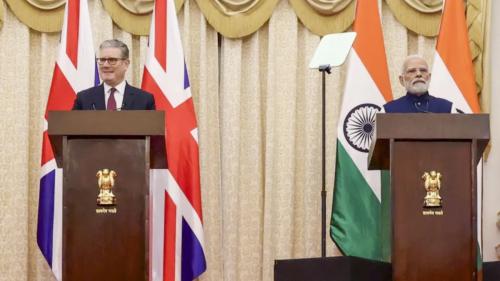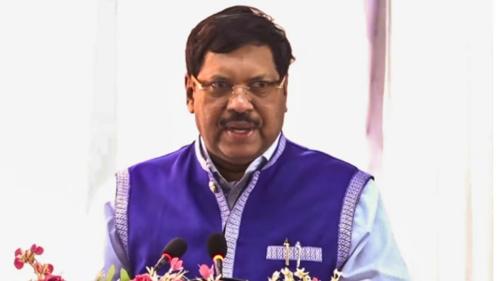The meeting between Prime Minister Narendra Modi and Chinese President Xi Jinping in Tianjin was more than just a bilateral courtesy; it was a carefully choreographed geopolitical statement. After seven years, Modi’s return to Chinese soil symbolised India’s willingness to re-engage Beijing on its own terms, even as tensions with the United States escalate under Donald Trump’s aggressive tariff regime.
This was not merely about resuming pilgrimages or restoring flights. It was about recalibrating Asia’s balance of power. By signalling calm along the disputed border and reviving symbolic exchanges like the Kailash Mansarovar Yatra, both nations demonstrated that pragmatism, not hostility, will dictate their next phase of relations.
The message was unmistakable: India and China, home to nearly 2.8 billion people, cannot afford to be perpetual rivals. The Ladakh and Doklam standoffs proved costly for both sides, but Tianjin has opened a corridor for cooperation built on border management, strategic autonomy, and economic alignment.
What makes this reset particularly significant is the timing. Trump’s tariff barrage has placed India in a vulnerable position, with Washington slapping 50 per cent duties on Indian exports over Russian oil imports, while sparing China. Beijing’s condemnation of America’s trade bullying gave New Delhi a rare window of convergence with its neighbour. In Tianjin, Modi and Xi appeared to exploit that opening.
The SCO summit setting further amplified the strategic signal. Surrounded by Russia, Turkey, and Central Asian powers, the India-China dialogue highlighted the possibility of a multipolar coalition that can resist Western economic coercion. If expanded, this framework could weaken Washington’s leverage in Asia.
Yet, the symbolism of the handshake in Tianjin hides the complexities beneath. The border remains unresolved, distrust lingers, and memories of past betrayals are fresh. But the fact that both capitals chose to frame their relationship around long-term stability and global responsibility shows a desire to shift away from the cycle of confrontation.
This meeting must be read as a test run: if disengagement holds, if economic ties deepen, and if people-to-people exchanges revive, the Dragon and the Elephant could indeed march together, not as adversaries but as reluctant partners.








